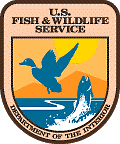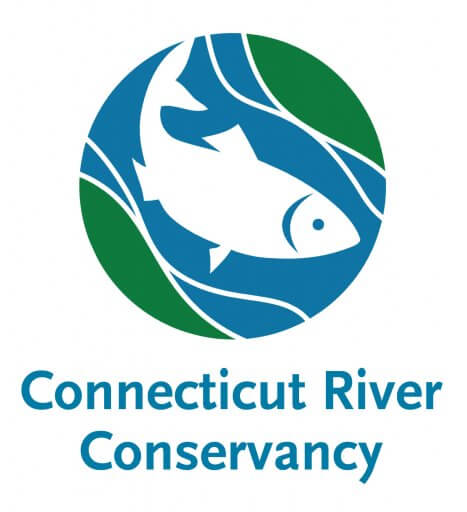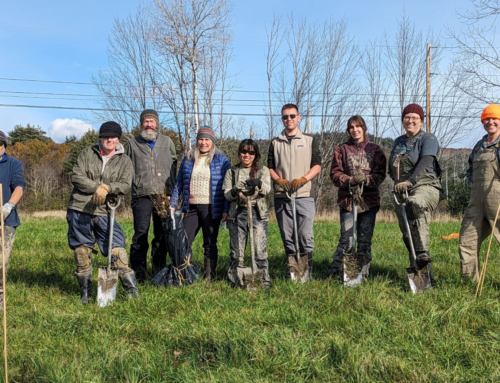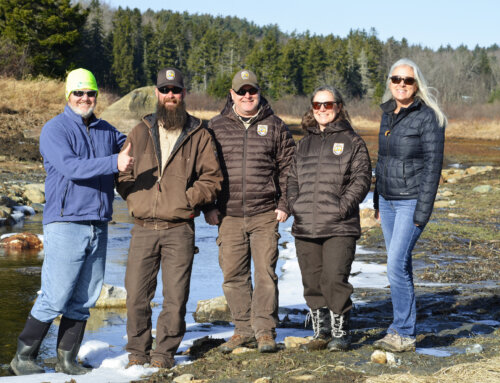Each week, Connecticut River Conservancy volunteers go out to their local tributary rivers in the Connecticut River valley to monitor for river herring as the fish return to freshwater ecosystems to spawn. These dedicated volunteers provide CRC, the CT Department of Energy & Environmental Protection (CT DEEP), US Fish and Wildlife Service (USFWS), and other partners with valuable data to track where river herring are present and absent. CT DEEP and USFWS monitor at several locations and this joint program helps to provide a more comprehensive understanding of the health of our river herring populations. Many thanks to our partners and volunteers who give this program life!
Fish Update from the Waters
Written by Steve Gephard, former fisheries biologist with the CT Department of Energy and Environmental Protection
Previously I have been fixated on water temperatures—they’re too low, too cold, the fish are slow to move up. Well, the water has warmed up — in some places too much! The real story now is our developing drought. The Connecticut River normally runs at around 20,000 cubic feet per second (CFS) this time of year; it is currently around 5,800 CFS and, believe it or not, this is related to the water temperature. If you try to boil 2 gallons of water in a pot, it will take a long time. If you try to boil 1 pint of water, it will happen very quickly. So it is with this low water: those few hot days we experienced really warmed up the water quickly. Last week it was around 16 C (61 F) whereas this week it is 22 C (~72 F). At that temperature, some fish stop migrating and start spawning. Interestingly, some of the lower tributaries are still pretty cool. The Salmon River was 16 C this morning (May 26th), but the river is down to 32 CFS and has a rocky bottom and limited overhead leaf canopy. So that means that it warms up quickly in the daytime but loses heat (cools down) quickly at night. It ‘re-sets’ itself each cool night.
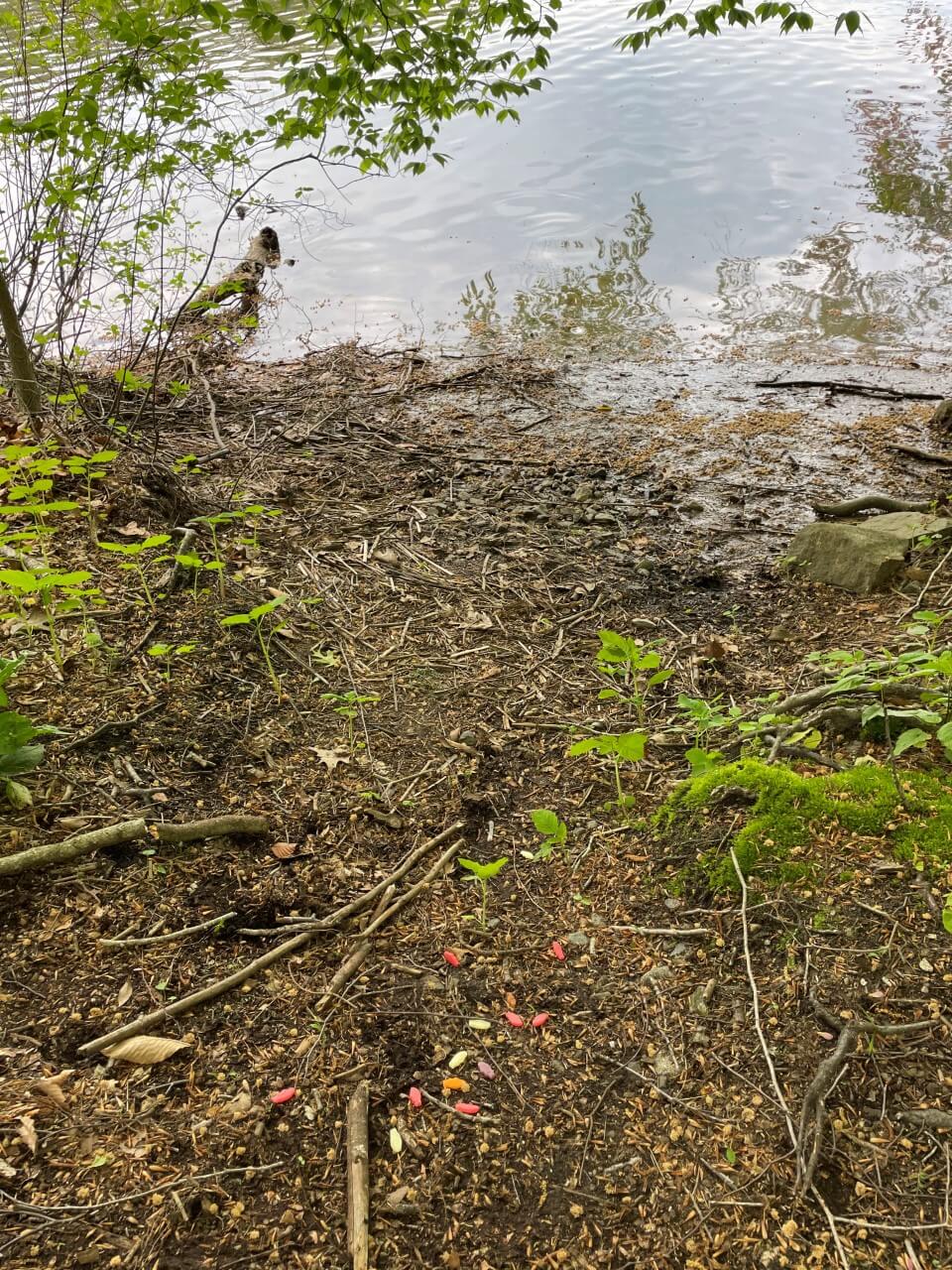
A Falls River volunteer finally spots some fish! Though more Swedish than migratory… Of course we do not condone littering, and especially the littering of perfectly delicious candy! (see photo above)
There is another aspect to this drought. Many of the river herring runs that we are monitoring (blueback herring now) are not imprinted to our tributaries. They are imprinted to the Connecticut River. Think about Higganum Creek with a waterfall about 1,000 feet upstream from the confluence with the Connecticut River, or Roaring Brook with another barrier waterfall close to the river. Similarly, the Moodus River has a barrier dam about a quarter mile up from its confluence with the CT River. Bluebacks get to these barriers and spawn and their eggs and especially larvae drift downstream and end up in Connecticut River. By the time they have developed enough to be able to imprint to the scent of water, they’re in the mainstem river. So when they return to spawn 3 or 4 years later, they’re not looking for Higganum Creek, Roaring Brook, or the Moodus River. They’re looking for the Connecticut River. (In streams with a fishway that allows them to go miles upstream, it may be a different story.) Some of the fish may enter those tributaries if they are drawn in by the flow emanating from the streams because they are looking for swift water in which to spawn, so those tributaries are appealing to them. BUT… during these current conditions with very little water flowing out of the tributaries, the tributary flows are hard to detect. Especially in comparison with the flow coming down the Connecticut River. So the fish miss the tributaries and continue to go up the river, which offers very little energetic challenge given the low flow. Volunteers reported seeing very few bluebacks in the tributaries this past week. I saw about 30 fish spawning in the Salmon River at Leesville—that’s it. But they passed over 1,000 bluebacks at the Holyoke Dam and I suspect there were a lot more spawning in the Enfield Rapids and at the mouth of the Chicopee River.
We are forecasted to get some rain tonight, May 26th (maybe some of us) but the entire Memorial Day weekend is supposed to be rainy with a good soaker on Friday. That could really help cool down the water, refill the streams and bring fish into a number of locations. Hopefully we’ll pass more up at Holyoke, but I hope volunteers are still out and looking early next week to see if more fish come into the tributaries.
There has been some increase in fish activity this past week, but most of it is farther upstream (north). Holyoke Mass. has passed almost 200,000 shad and over 2,000 of those have already moved up through the Great Falls (MA) fishways (also known as Turners Falls). Hopefully we’ll see some passing the Vernon, VT fishway by next week. Sea lampreys have begun to nest in the Salmon River and probably other places. The sucker run is winding down, and the annual elver (juvenile eels) should be reaching the middle of the Connecticut reach this next or the following week. The 63rd annual Essex Shad Bake has been cancelled due to COVID but a “virtual shad bake” has been scheduled for June 6. I’ll be giving a short PowerPoint presentation about shad around 4:00 pm. Details will be posted here.
Volunteer River Herring Data from May 20- May 25, 2021

Volunteers reported a quiet week on the rivers for the most part, with only a few sightings (some real fish and some candy fish — see photo caption above). We are continually grateful for our dedicated volunteers who continue to report these data. With the warming weather, the program will soon be wrapping up, but we are keeping our fingers crossed for a few more sightings, especially for those who have not seen any yet!
The map below displays data report from the season through May 25th, but the color of the pin on the map may only reflects the most recent report. To see a more complete dataset, click on the dot, select “latest Measurements” at the top and click anywhere on the graph. This will pull up all of the reports represented so far.
Fishway Count Update
This report is compiled by the U.S. Fish and Wildlife Service, CT River Fish and Wildlife Conservation Office using fishway count data provided by several agencies as well as power companies and is dependent in most cases on the review of video counts, that have an associated time lag for updates. Please click here for more information.
Since last report fish passage counts have increased notably. Holyoke Fishway (MA) reports daily shad passage totals have been ranging from ~8,000 last Wednesday, picked up to ~16,000 and have been in a slow decline to today but still good numbers passing. On Monday and Tuesday daily totals were 6,072 and 6,519 respectively at Holyoke Fishway. Water temperatures are a factor – with temps climbing up to >20C (68F) resulting in the observation of lots of shad eggs being released when she is conducting biological sampling. The pleasant surprise was a pulse of Blueback Herring they passed on Saturday.

My office has concluded acoustic tagging of bluebacks, with 155 tags out at river mouth, with this Mondays netting efforts producing a lone blueback that was tagged and happened to look fantastic at release. Our river assessment work has been impacted by very low discharge – the crew could not launch on the Farmington River (CT), as the Stanley Power company was not generating. I was out on Wethersfield Cove (CT) today and we had fairly high catch rates with ~350 blueback herring processed in the boat and 80 back to the lab for tomorrow’s work up – water temps were 21-22C (low 70s). We also plan to sample the lower Chicopee and Westfield Rivers (MA) tomorrow. Daily counts at Great (Turners) Falls Gatehouse (MA) shad and lamprey were increasing rapidly as he works through files (up to 5/19 as noted). I am hoping the cooler weather that has been promised will arrive and stick around, some rain would be nice too – but not seemingly in the mix.
Ken Sprankle, Project Leader CT River Fish and Wildlife Conservation Office U. S. Fish and Wildlife Service
Featured Site: Salmon River, CT

Volunteers in 2020 conducting a sea lamprey survey on the Salmon River.
The Salmon River is a roughly 10 mile long river in the southern portion of the Connecticut River watershed. The river is simply stunning, with a mix of quiet places to sit or fish, as well as trails to hike and explore. This week, Rowan, a long-time volunteer, shares a bit about observing at a few different sites along the Salmon River — these sites have the most frequent observations of herring throughout our volunteer program.
Rowan: “The Salmon River is a jewel of a stream in Central CT. It runs through very undeveloped land much of which is protected. The Salmon holds runs of anadromous alewives, blueback herring, and sea lamprey, as well as a strong population of catadromous American eels. I’ve monitored the herring runs in the Salmon River watershed for about 7 years now, and have gotten to see quite a bit of the chaos that comes from massive numbers of fish entering a freestone river like this one. From the birds of prey drawn in to the shear number of fish in the river some days, it’s a wild thing to watch transpire. There’s nowhere I’d rather be in April and May.”

